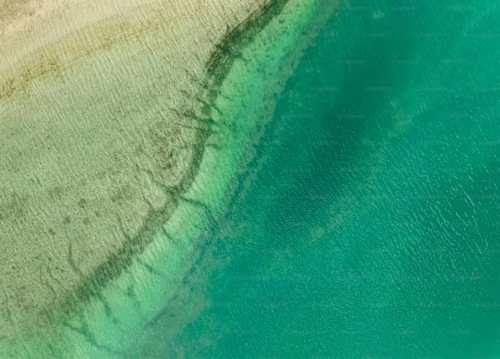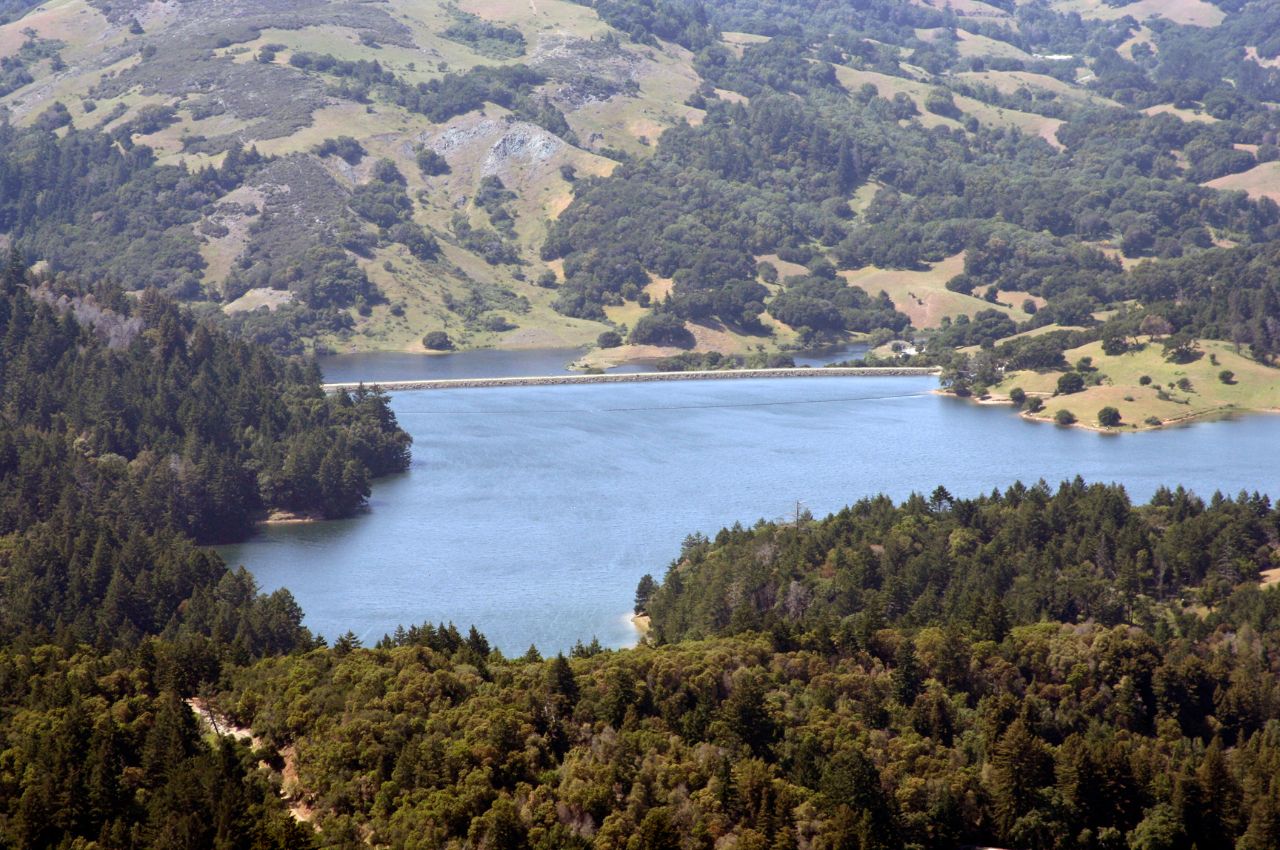The vibrant shores of Malibu, California, which is known for its sun-drenched beaches and celebrity encounters, witnessed a heartbreaking scene on Saturday. A young gray whale, estimated to weigh around 13,000 pounds, was discovered washed ashore at Little Dume Beach. Despite the immediate response from the California Wildlife Center, the majestic creature couldn’t be saved.
News of the beached whale spread quickly, casting a somber mood over the usually bustling weekend crowd. Tourists and locals alike gathered, some snapping photos, others simply standing in stunned silence. The sight of such a magnificent creature lying lifeless on the sandy stretch was a stark reminder of the ocean’s unpredictable nature and the delicate balance of our marine ecosystem.
Possible Causes of the Whale’s Beaching
Gray whales are a familiar sight along the California coast, their annual migration a cherished spectacle for residents and nature enthusiasts. Witnessing these leviathans gracefully breaching the water’s surface is a powerful reminder of the immense biodiversity that thrives beneath the waves. However, the sight of a beached whale, unfortunately, isn’t uncommon. While the exact reasons remain a mystery, scientists have proposed various theories.
Some speculate that illness or injury could play a role. A whale battling an internal infection or struggling with debilitating internal or external injuries might lose its sense of direction or become too weak to navigate effectively. Disorientation caused by loud underwater noises, such as those from sonar or seismic exploration, could also be a factor. The intricate navigational system whales rely on for migration might be disrupted by these man-made sounds, leading them astray and potentially causing them to beach themselves.
Another theory points towards prey availability. Gray whales primarily feed on amphipods, tiny crustaceans found in abundance on the ocean floor. Changes in ocean currents or environmental factors might lead to a depletion of these food sources in their usual feeding grounds. This could force the whales to venture into unfamiliar territory in search of sustenance, potentially leading them off course and increasing the risk of beaching.
Implications for Marine Conservation and Future Research
The unfortunate incident in Malibu highlights the importance of ongoing research into whale behavior and ocean health. Scientists at the California Department of Fish and Wildlife, along with the National Marine Fisheries Service, are now tasked with the unenviable job of examining the whale’s remains. Though a full necropsy couldn’t be performed due to the carcass’ condition, any information gleaned could provide valuable clues about the cause of death. This knowledge can then be used to develop strategies to prevent similar tragedies in the future.
Beyond the immediate loss, the Malibu whale stranding serves as a poignant reminder of the ever-present human impact on the oceans. Pollution, overfishing, and climate change are all contributing factors that can disrupt the delicate balance of marine ecosystems. Responsible practices, stricter regulations, and a collective commitment to ocean conservation are crucial steps toward ensuring the safety and well-being of these majestic creatures.
The loss of the young gray whale in Malibu is a loss for everyone. It serves as a stark reminder of the vulnerability of these gentle giants and the complex challenges they face in an ever-changing world. As people mourn this beautiful creature, it should also be seen as an opportunity to learn, adapt, and take action to protect these magnificent beings and the vital role they play in the oceans.





































































































































































































































































































































